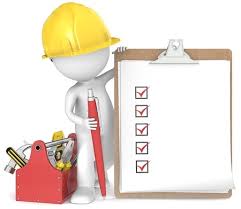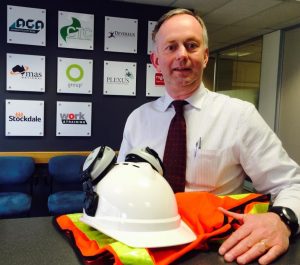Safety matters with Dr Paul
Identifying Hazards

The Queensland Work Health and Safety Act 2011 places a primary duty of care on a Person Conducting a Business or Undertaking (PCBU) to ensure, so far as is reasonably practicable, the health and safety of workers and other people who may be affected from the work carried out as part of the conduct of the business or undertaking (section 19).
The Queensland Work Health and Safety Regulations 2011 specifically requires a PCBU to identify hazards. They are required to identify reasonably foreseeable hazards that could give rise to risks to health and safety (section 34).
A hazard is something in the workplace that can cause harm to people. Identifying hazards and understanding the possible harm they can cause is the first step in managing hazards.
Some common methods of identifying hazards include:
- Inspecting the workplace
- Testing and measuring
- Reviewing safety information and records
- Consulting with workers
Regularly performing a walkthrough of the workplace is a common approach. A checklist will assist and the document can be continually improved as new or additional information about hazards is obtained. Observations should include the systems of work and how workers carry out their tasks as well as inspecting plant, equipment, facilities and structures. For example, are workers wearing the required personal protective equipment (PPE)? Is it well maintained and they have been trained in its use? Is the PPE signage well maintained and adequate?

Some hazards such as noise and contaminants may require testing and measuring to determine if further action is required. For example, noise testing may determine that production equipment exceeds noise exposure standards or welding fumes extraction systems are not effective.
Incident and injury records and the results of investigations can assist in identifying issues. Information regarding hazards and incidents at other organisations in the same industry or vocational sector can be helpful in identifying potential hazards. The health and safety authority often publish information and advice on incidents and hazards.
Consultation with workers on the identification of hazards is a legal requirement. Their elected representative could provide information and advice while conducting a walkthrough inspection of the workplace. Workers can provide valuable information regarding hazards in the work they perform. A PCBU should also implement and encourage the reporting of hazards, near miss incidents and injuries that can contribute to the information regarding hazards at the organisation.

This article provides general information only and should not be a substitute for seeking professional advice regarding your specific situation.
Dr Paul will be contributing regular articles to assist and advise PCBUs and their workers on the management of health and safety.

